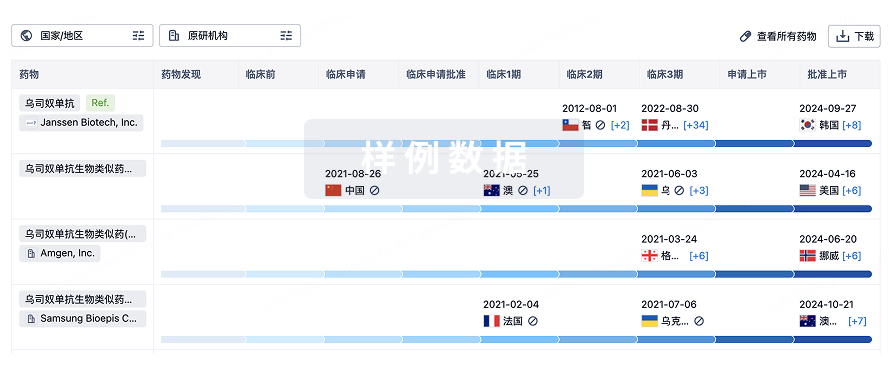Peripheral administration of the endogenous Y(2) and Y(4) receptor selective agonists, PYY(3-36) and PP, have been shown to inhibit food intake and body weight gain in rodents, and to reduce appetite and caloric intake in humans. We have previously developed a long-acting, potent and highly selective Y(2) receptor selective agonist, N-alpha-Ac-[Nle(24,28), Trp(30), Nva(31), Psi(35-36)]PYY(22-36)-NH(2) (BT-48). BT-48 (ip) dose-dependently inhibited ad lib food intake and also decreased the respiratory quotient in mice during both the light and dark periods. The latter observation is indicative of enhanced fat metabolism. Moreover, BT-48 also inhibited food intake in fasted mice. Combined ip administration of BT-48 (50nmol/mouse) with a highly potent and selective Y(4) anorectic peptide, BVD-74D (50nmol/mouse), resulted in a powerful and long lasting inhibitory effect on food intake. As expected, this inhibitory effect on food intake was nearly double that exhibited by either peptide (50nmol/mouse) alone. In summary, BT-48, unlike PYY(3-36), exhibits little or no affinity to other "Y" receptors, and may therefore have a better clinical potential than PYY(3-36) for control of food intake. Moreover, it appears that treatment with a combination of Y(2) and Y(4) receptor selective agonists may constitute a more powerful approach to control food intake than treatment with either of these agonists alone.









